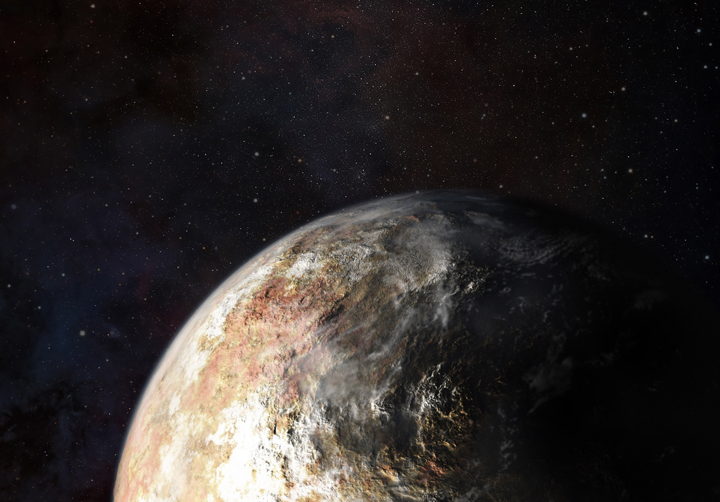TORONTO – Excited yet? If you’re not, you should be.

In just over one week, NASA’s New Horizons spacecraft will shed light on a tiny world that we know very little about: Pluto.
So many questions remain about this dwarf planet: Is it volcanic? How much of it is covered in ice? Does it have water beneath its surface? What kind of atmosphere (though thin) does it have? Should we start calling it a planet again?
READ MORE: Pluto an ’emerging puzzle’ as icy world comes into focus
Very little is known about this tiny world. Once considered our ninth planet, it was reclassified as a dwarf in 2006 just seven months after the launch of New Horizons.
This mission is similar to the Voyager missions which launched in 1979. They gave us the first close-up views of Jupiter, Saturn, Uranus and Neptune.
New Horizons is already collecting valuable scientific data ahead of its July 14 flyby. This week it was revealed that the small world has methane on its surface.
“We already knew there was methane on Pluto, but these are our first detections,” said Will Grundy, the New Horizons Surface Composition team leader with the Lowell Observatory in Flagstaff, Arizona.
Methane is a gas that exists here on Earth (we tend to blame the cows). While there aren’t any cows on Pluto (or…are there?) the methane may be left over from the formation of the solar system more than 4.5 billion years ago.
Meanwhile, a timelapse movie of new Horizons approach was released this week. The images were taken using the spacecraft’s Long Range Reconnaissance Imager (LORRI) camera between May 28 and June 25, 2015.
During that time the distance to Pluto decreased from 56 million kilometres to 22 million kilometres. And as the fastest spacecraft ever launched from Earth (55,000 km/h) neared, features from this mysterious world became more pronounced.
READ MORE: Chaotic dance of moons around Pluto, kind of like you’d see at a Grateful Dead concert
“One of my fondest hopes for the flyby, apart from the great science we’ll do, is that people across the world will join in to experience the thrill of science and exploration through New Horizons,” said Alan Stern, New Horizons mission principal investigator.
The spacecraft will make its closest approach on July 14.
Keep following Globalnews.ca and @nebulousnikki for more updates in the coming days.
As Stern has said, “We are at Pluto’s doorstep.”




Comments